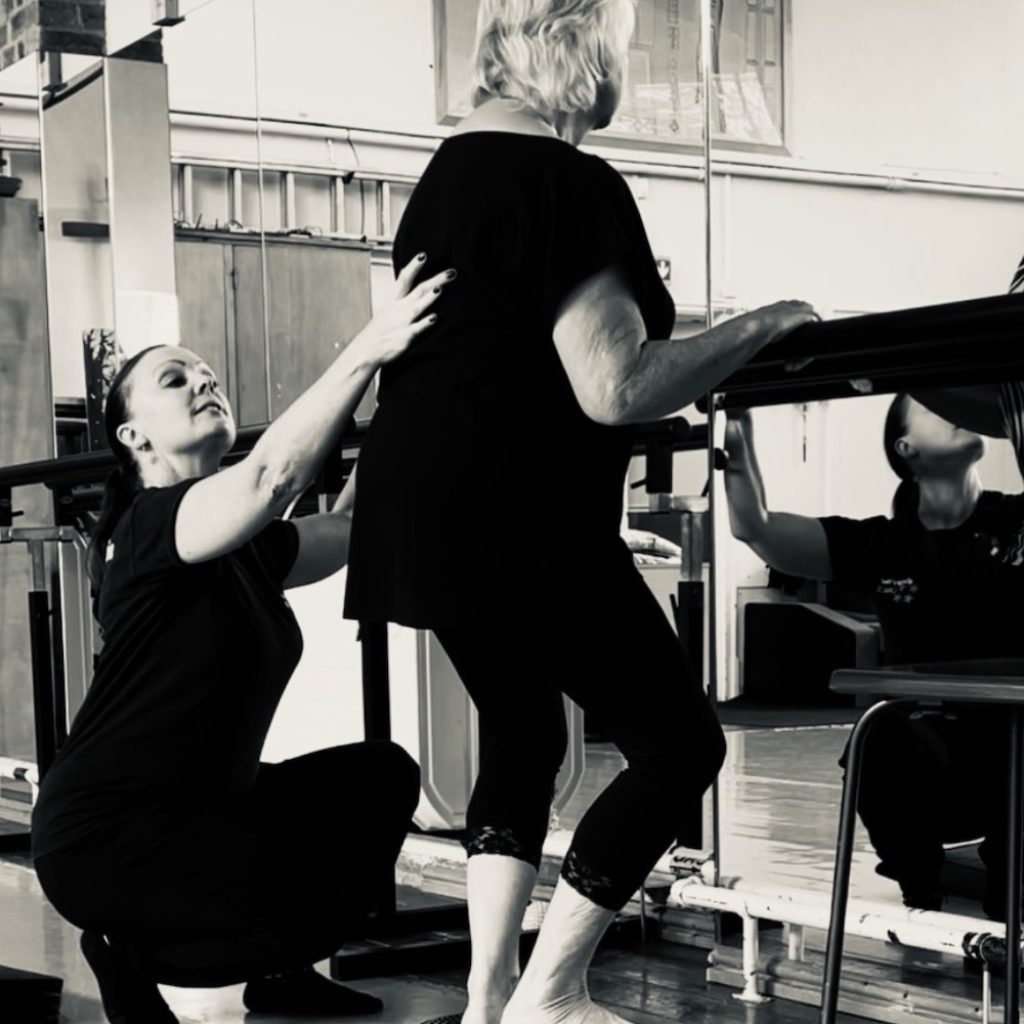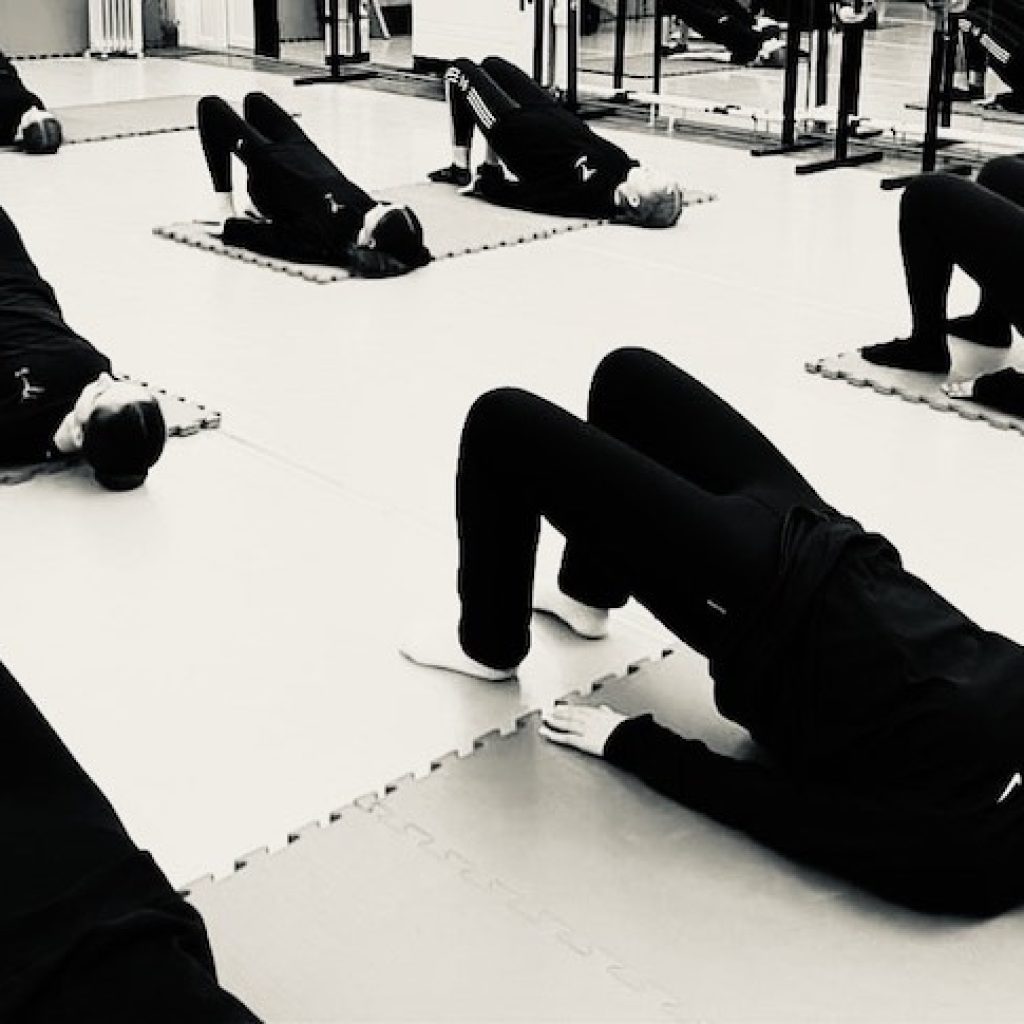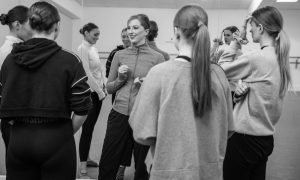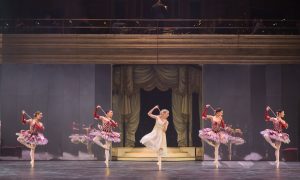‘Don’t compromise yourself. You’re all you’ve got.’ ~Janis Joplin
Will this be the summer that you make time to covet new healthy habits that benefit – you! Our bodies and minds as teachers are our instruments. No one understands like a teacher, the constraints and responsibilities of making sure all dancers are exam-ready, show numbers are rehearsed, costumes ordered, studio cleaned and ensuring everyone’s pointe shoes fit correctly.
But when summer holidays usually bring less, or at least different teaching responsibilities, it could be the ideal time to take a good look at ourselves as teachers, and as individuals with bodies – and minds and souls! – that need nurturing. To keep us teaching and moving as long as possible.
Where shall we start?
Look after your feet.
It’s summer – let’s go barefoot! There are over 200,000 nerve receptors on the soles of the feet. Awaken them and use them to explore grass in the garden, sand at the beach and more.

We expect so much of our feet, from teaching and demonstrating to carrying us through our everyday lives. Insoles and support bandages are reached for when things start to hurt, but how often are we stopping to address the underlying causes. Did you know that your footprint can show up areas of tension and imbalance in your body? Your foot and toe strength and alignment also contribute directly to pelvic floor health.
You could start yourself on a programme of the foot exercises you give students to prepare for pointe work. Get yourself a spiky ball to massage the feet and toes or remind yourself to walk ‘through the feet’ and lift your torso above your hips. I remember laughing at teachers wearing supportive teaching shoes, yet many years later find myself with metatarsal stress fractures from teaching in bare feet or socks for nearly 30 years! Sometimes the very things we continually teach to others, are what we need to apply to ourselves.
Look after your body with Pilates.
As dance teachers, we spend a high proportion of our time looking at other people’s bodies as we guide, correct and choreograph. Sometimes it’s a shock to really look at our own body and find – similar to when we see ourselves in photographs – the reality does not always match up.
Balance not as good as it used to be? Back less flexible? Dodgy knee? Weak upper body? Female teachers approaching menopause and beyond may notice general muscle weakening, pelvic floor dysfunction or have bone density concerns. All teachers everywhere may notice aching or stiff joints as they age, and the realisation that their body doesn’t allow the same range of movement as it once had.
What bothers you about your own body, and what can you do about it?
I have a notion that I was given a ‘difficult’ body to deal with as a dancer: an S-shaped scoliosis, causing imbalance issues and reflected problems in the pelvis, knees and feet, to make me a good teacher. As a teacher, a fascination with anatomy was ignited. I didn’t cure my Scoliosis of course, but with intensive Pilates, I cured my back pain.
Because Pilates works with the core – the pelvic floor, abdominal muscles and diaphragm, essentially coupled with the breathing – it makes it an ideal cross-trainer with other forms of exercise including dance. Try these Pilates fundamentals to give you control over your dancing and teaching body:
#1. Breathe.
A main principle of the Pilates technique. First, become aware of your breathing. Slow it down and notice when you breathe in, and when you breathe out. Encourage the shoulders and back (diaphragm) to widen on the in-breath, then lift up the stomach muscles (pelvic floor) to breathe out.
#2. Lengthen.
The Pilates method is very focussed on lengthening, rather than clenching muscles. Imagine a game of ‘tug of war’ between your head and your feet. Practice it standing, walking, sitting and lying down for immediate postural improvement.
#3. Lower body connection
Addressing common areas of complaint in the body, a simple repetitive pelvic tilt engages the lower stomach and pelvic floor muscles and releases hip flexors and the lower back. Practice it lying down, seated and standing for relief from tightness and aches.
Do something different.
Teaching really is a ‘never switch off’ vocational career, and there are a thousand passionate reasons why we stay with it.
Finding ways outside of the studio to enrich ourselves will inevitably benefit everyone – including our students. Share with them your practices, your frustrations. It makes you normal and relatable as well as inspirational as they see you work to improve yourself. Doing more of what makes you happy positively changes the way you move, how you think about and hold yourself. Your renewed sense of esteem and interest in life will leak into your teaching and your classes.
What do you need?
Does actually dancing feel part of a distant previous life? Getting in touch with your dancing body again could give you a renewed connection with your students, plus access to the latest teaching trends. What would it be like being in class again – could you find a summer class or workshop of an appropriate level to attend? Maybe in your discipline, or in something entirely different! Train with Scottish Ballet, which provides online classes at various levels. English National Ballet delivers Ballet Active classes again for all ages and levels.
Is it time to give your skills a fresh coat? Gaining Continued Professional Development (CPD) from a range of sources can freshen your understanding of your own physique. Look to the cities, online or dance examination bodies. Get your body, brain and creative juices flowing!
The Place, a recognised world leader in dance education, offers a range of CPD courses to dance teachers — in person and online, singular units, as well as progressive pathways. Trinity Laban offers training and CPD for school teachers; and English National Ballet offers CPD including 4Pointe, a new way of learning pointe, responding to the tremendous change in classical ballet training in the last 20 years.

Try different ways outside of dancing to support your fitness aims. Swimming works your whole body, increasing your heart rate and, by supporting your weight in the water, allows you to work on strength, mobility and co-ordination without stressing your joints. Walking improves cardiovascular fitness, reduces stress, lowers blood pressure and improves sleep.
What about emotional enrichment? Learn an instrument or extend your existing knowledge. Go and watch orchestras play. We listen and choreograph to music all the time – but how many times have you watched musicians play those instruments? Develop your musicality and change the way you express your own body through movement.
Meditation
Perhaps what your teacher’s body is asking for, after a long and busy year, is rest.
How about a summer’s evening, sitting on a picnic rug, watching the golden sun sinking in the sky.
Think of a good teaching moment where you felt proud of your accomplishment. What was that feeling like? Hold onto it inside you, close your eyes and allow yourself unhurried time to breathe that sensation of happiness, achievement, and appreciation all around your body. Our inner voice is powerful. Use it to affirm yourself and your abilities. Tell yourself you deserve this important rest time.
Lay your hands in your lap and gaze out at the horizon.
Look after yourself, teachers!
By Louise Ryrie of Dance Informa.














